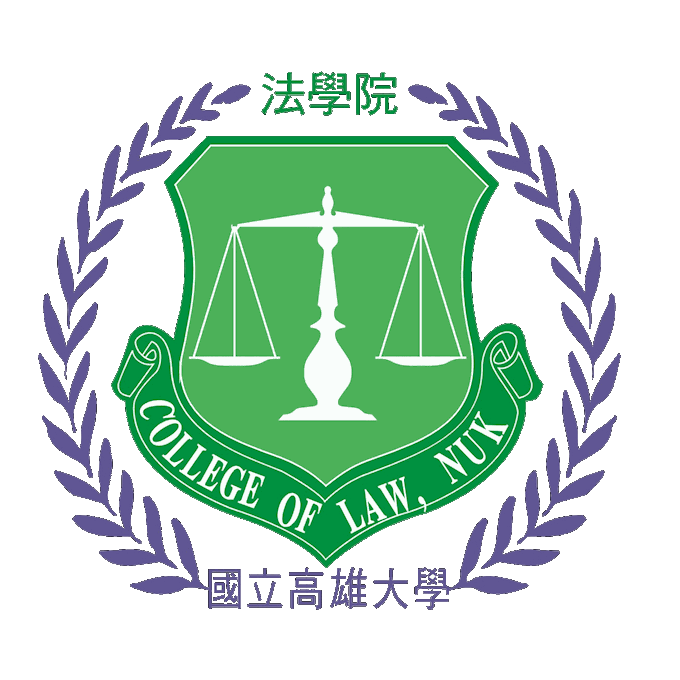

在方法專利侵權當事人適格性議題上關於行為人單複數的討 論,若依照美國專利法規定,方法專利的直接侵權行為必須為同 一主體所實施。因為在美國專利直接侵權採無過失的責任概念 下,若是允許完全無關的複數行為主體,僅僅因為事實上共同實 施了該方法專利而使其負擔直接侵權行為責任,將無法保護無辜 使用的第三者。而我國的專利損害賠償的主觀要件機制設計,正 好可以達到前述的目的。除了直接侵權行為人的單複數外,間接 侵權行為的機制及其與直接侵權行為的關聯性,亦是方法專利侵 權當事人適格性爭議的討論的相關議題。我國在適用民法間接侵 權行為損害賠償責任,有著高度寬鬆條文與實務判決對主觀要件 不明確的態度。但是在民法的間接侵權責任救濟上,卻沒有所謂的防止及排除侵害請求權基礎。本文認為美國對於專利間接侵權 行為的主觀要件限縮、給予權利人防止及排除侵害請求權的救濟 以及情況證據與因果關係的寬鬆認定,可以作為我國的參考。此 外在對人的管轄權議題上,我國長期以來均以內國民事訴訟法的 相關規定類推適用在跨國的管轄權案件中,但是這樣的作法卻忽 略了跨國管轄權對於被告的權利保障。因此美國在對人的管轄權 議題有關於被告權利保障上,對於我國如何正確的決定對人管轄 權亦有所助益。
To discuss whether the eligible tortsfeasor should be singular or plural in a method patent infringement case, according to patent law in the United States, the direct infringement of a method patent must be executed by a single entity. Under the concept of strict liability in direct patent infringement liability nothing less or nothing more, the innocent third party who used an unauthorized patent would be liable just because factually collaborating with other alleged infringer(s) to practice such method patent. And the subjective elements required in Taiwan patent infringement provision just serve to achieve the goal mentioned here, the same as in the United States. Beside the dispute of singular or plural tortfeasors, the mechanism of indirect patent infringement remedy and its correlation with that of direct patent infringement remedy are also primarily discussed to the eligibility in a method patent infringement case. In the Civil Law provision, aiding and abetting liability will be jointly and severally with the directly infringing liability based on the same cause of action. The characteristics of such context in aiding and abetting provision indicate highly loosen legal elements for monetary liabilities. And judicial decisions are also uncertain to the scope of such subjective elements. Conversely, in the same legislation, a patent right holder does not enjoy the injunctive right to prevent potential infringement or preclude existing infringement. Therefore, this article would like to suggest that the confined subjective element requirement to an indirect patent infringer, empowerment to a patent right holder the right to prevent potential infringement or preclude existing infringement and the loosen recognition of circumstantial evidence and causation practice, as in the United States practice, proffer excellent experience to Taiwan’s patent law and judicial decisions. In addition, Taiwan, in the long run, neglects the defendants’ procedural due process in trans-border civil litigation by analogizing the domestic jurisdictional judgement criteria to its international counterpart. Therefore, the defendant’s protection through reviewing personal jurisdiction in the United States is contributable to appropriately assert personal jurisdiction in Taiwan.